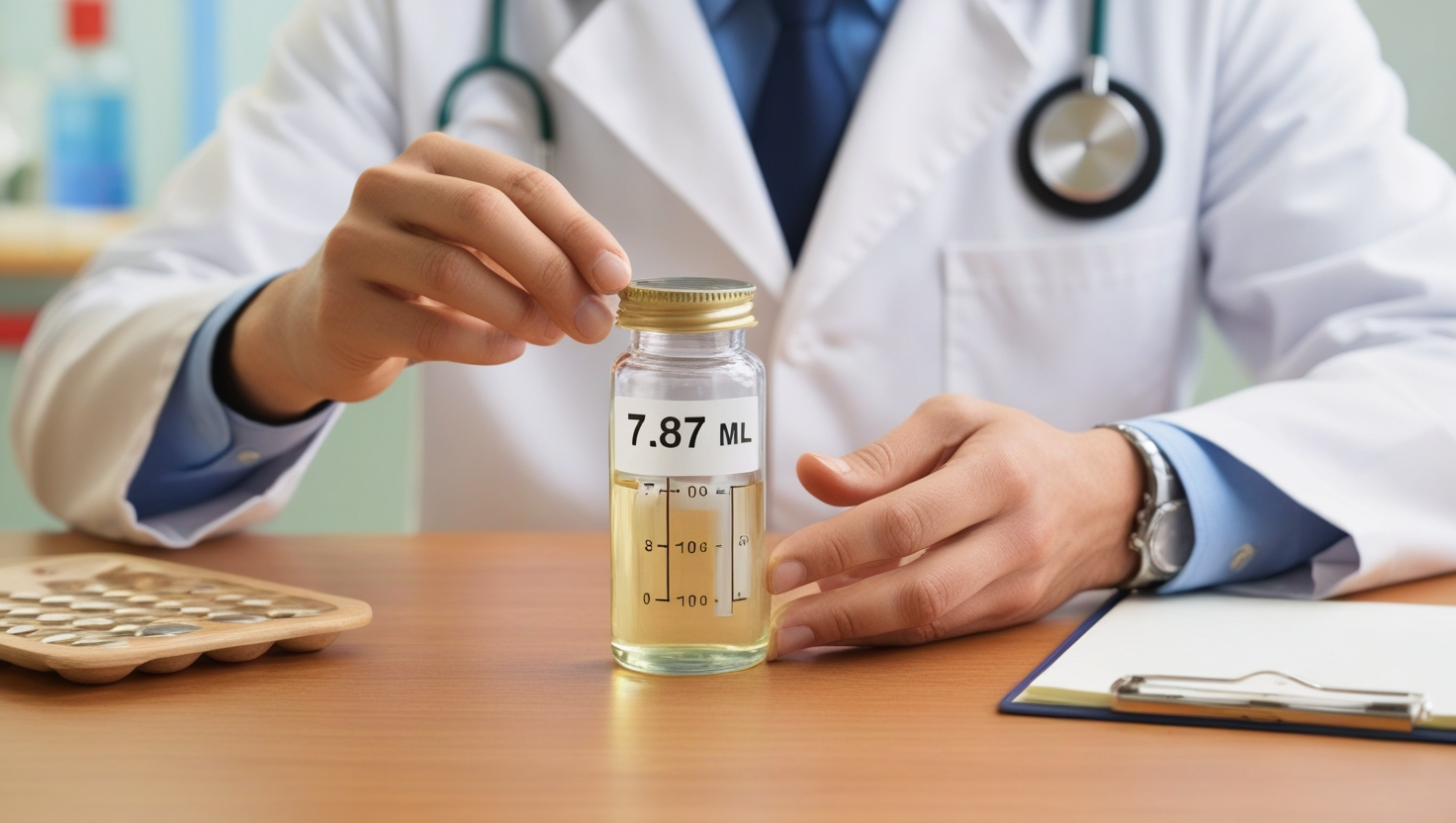
Introduction:
It is often in problem-solving, measurements, and numerical solutions where you come across a raw figure theory, you round one or many numbers/var for ease of understanding, clarity, or uniformity. An example of such a value is 7.87 ml. This article will explore how 7.87 ml rounded to the nearest tenth can be determined, why rounding is essential in scientific and everyday contexts and the various applications of rounded values in different fields. We will examine this in detail, ensuring you understand the process and the significance of the value 7.87 ml rounded to the nearest tenth.
What do we mean by rounding off to the nearest tenth?
Let’s say round off to the nearest tenth.
Rounding a number to the nearest tenth means bringing a given number to the closest, easier-to-handle number. That is especially useful when working with measurements that can have more decimal places than required. In the case of 7.87 ml, rounding to the nearest to the tenth means the digit is in the hundredth place is the s, the second digit from the decimal point, and depending on the value of this digit, we can round the digit to the tenth place is t, he first digit from the decimal point.
The rule for rounding is simple: if the last digit is five or greater, then the digit in the left place, in our case, in the tenth place, will be rounded up to the next integer. If the digit in the hundredth place is less than 5, then the tenth place will remain the same. When the digit in the hundredth place is 7, as it is in 7.87 ml, the value is greater than the five ml mark. Therefore, 7.87 ml rounded to the nearest tenth becomes 7.9 ml.
Rounding off 7.87 ml to the nearest tenth centimeter:
To understand how 7.87 ml rounded to the nearest tenth is calculated, we must follow the above mentioned rounding rule. So, the number we began with here is 7.87 ml. The first digit on the right of the decimal point is identified as the tenth digit. Here, the digit at the right of the decimal point is 8, which is the tenth place, and the digit on the extreme right shall be 7, which is the digit at the hundredth place.
It means that if the digit in the hundredth place is seven or greater, the digit in the tenth place is made 9. The digit in tenth place is 8, greater than 5. Thus, 7.87 ml rounded to the nearest tenth becomes 7.9 ml.
This rounding is important because it makes measuring easier and more practical, such as when quantities have to be reduced in recipes, dosing, and other valuable applications.
Using rounding in the real world:
Rounding in general is not specific to scientific measurements. For example, in everyday activities we end numbers with @ to make calculations or numbers easier to understand. For example, when cooking, the amount for a particular ingredient is measured as 7.87 ml, while for easier calculations it would be best to round down to 7.9 ml. Such a scale shift guarantees accuracy sufficient to achieve the set goal while saving time and other resources.
Rounding is also necessary in financial operations. If the price contains cents, it is easier to round them to the nearest tenth or whole number for ease of understanding. In the same way, rounding is used when measuring the amount of liquid on a container, such as a common medicine or any ingredient rounding the amount, as this avoids unnecessary approximations that might be considered due to decimal places.
How does rounding affect the accuracy of measurements in scientific work?
Although rounding uses almost all capacities, people should remember that any rounding process introduces inaccuracies. The sciences require precision, and while rounding to the nearest tenth is sufficient, choosing to round to the nearest hundredth or even thousandth may be justified if precision is essential. For example, measuring chemical quantities in a certain laboratory experiment may require 7.87 mL, but if we round up, we get 7.9 mL; that is, rounding affects the results.
However, rounding is often done to improve readability without losing more precision. The decision to round to the nearest tenth, as in the case of 7.87 mL rounded to the nearest tenth, is based on the context of the measurement and the acceptable degree of precision for the task at hand. In almost all general applications necessary for everyday use, rounding to the nearest tenth is sufficient.
Applications of 7.87 ml Rounded to the Nearest Tenth:
The value of 7.87 ml rounded to the nearest tenth is not just a theoretical concept—it has practical applications across various fields. Hence, in medicine, for example, precise quantities are required, though it often becomes easier to round them for administration. For example, a doctor may order a child to take 7.87 ml while using a syringe or dropper to administer 7.9 ml is convenient.
For instance, in cooking, especially for recipes that call for using liquids, the value of 7.87 ml can hardly matter. Rounding to 7.9 ml is more effective for the cook so that he or she does not waste much time preparing the exact amount yet, the result being a quantity quite close to the intended amount.
In other professions, such as engineering or construction, where measurements may include a large amount of substance, rounding small values such as 7.87 ml to the nearest tenth is possible and easy, despite the fact that it becomes cumbersome when the same process is required on a large scale.
The Challenges in Rounding and Keeping the Level of Accuracy:
While rounding has specific merits, it also has its problems. In some particular areas, such as engineering or scientific research, any off-rounding difference can become a cumulative impact, ending with a significant variation in the final value. For instance, if there are several volume measurements when calculating stock amounts of fluids in a line of production, rounding mere values such as 7.87 ml to the nearest tenth would have a ripple effect and be quite noticeable.
So, rounding up to the nearest tenth while performing the calculations is helpful, but you will inevitably know when to use it and when something more specific is needed. In precise working environments, such as those within the pharmaceutical or aerospace industries, rounding can be limited or disregarded to maintain maximum accuracy.
An example of when to round is when a person has to convert a measurement from one unit to another; an example of when to use precise measurement is when calculating the perimeter of a rectangle because it requires correcting distances to the nearest whole number.
Rounding the second number-7.87 ml or any other measure- is done based on the context of using the value in question. Some of the rounding routines in our daily activities are done for simplicity because little difference cannot be considered significant. Nonetheless, there are occasions when exactness is more crucial than easy composition, and metrics are valued.
There is a need to reconcile the range between the exactness of information and rounding off the figures. In most cases, rounding to the nearest tenth is a good compromise, as demonstrated with 7.87 ml rounded to the nearest tenth. But there are cases, mainly in the core areas, where rounding could have to be to the hundredth or even the thousandth to keep the data accurate.
Conclusion:
In conclusion, understanding how to round numbers, such as 7.87 ml rounded to the nearest tenth, is a key skill in many aspects of life. No matter which profession you are operating in – science or medicine, cooking, or whatever else, rounding helps to achieve simplicity and convenience. So, by rounding 7.87 ml to 7.9 ml, we make measurements more tractable while at the same time not losing the precision that is required for most applications.
However, it is necessary to admit that rounding should be appropriately made, and in aspects where accuracy is crucial, it is essential to pay much attention to this question. For most applications, the usual rounding to the nearest tenth should be adequate, but the degree of precision required must always be considered. Rounding can make our work easier and provide real-world solutions, such as faster and more manageable measurements of ingredients or medication dosage. Finally, they can grasp how and when to round and can improve their mode of working with measurements, as seen from 7.87 ml Rounded to the Nearest Tenth.



